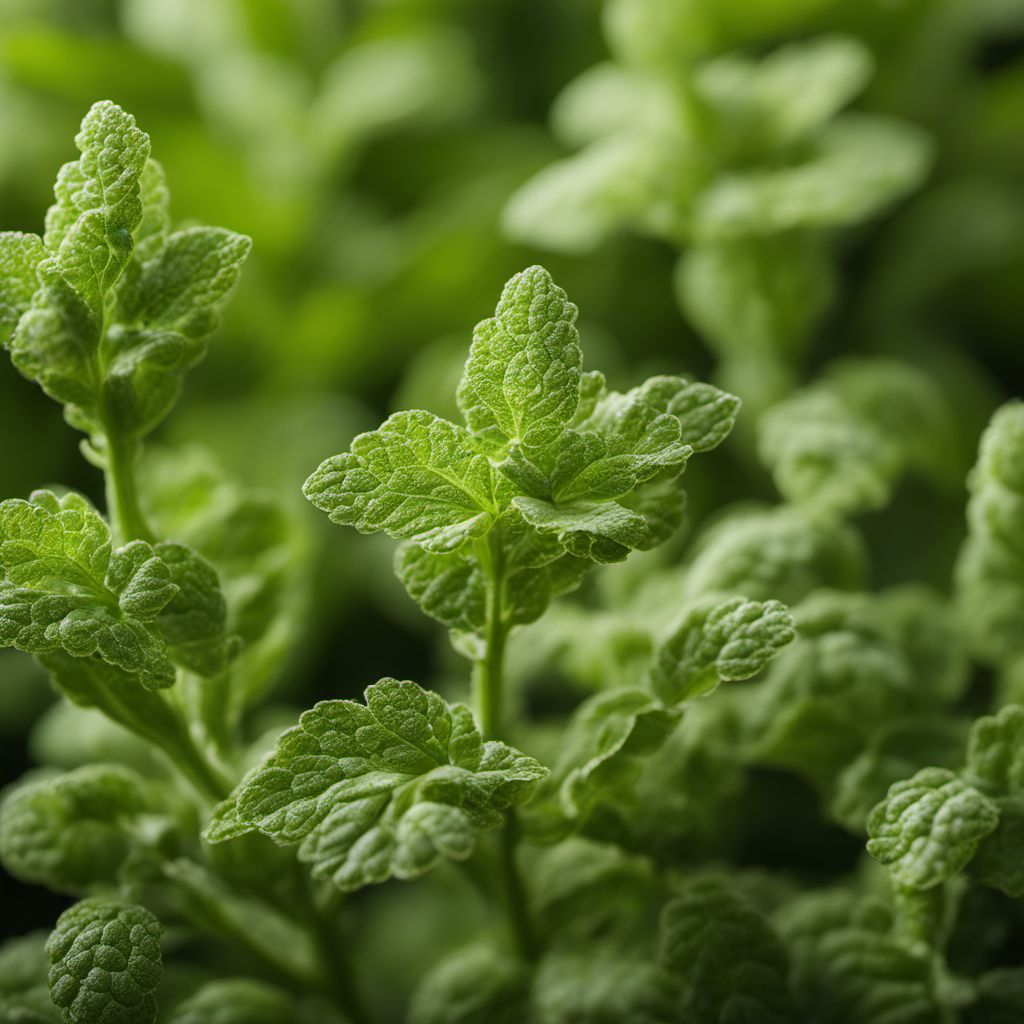
Ingredient
Goosefoot
The Nutrient Powerhouse
Goosefoot is a leafy green vegetable with tender leaves and a mild, slightly earthy flavor. It has a soft and delicate texture, similar to spinach. The leaves are typically green, but some varieties may have a reddish or purplish hue. Goosefoot is a versatile ingredient that can be enjoyed raw or cooked, adding a nutritious boost to any dish.
Origins and history
Goosefoot has a long history of cultivation and consumption, dating back thousands of years. It is believed to have originated in the Andean region of South America and was a staple crop for ancient civilizations such as the Incas and Aztecs. Goosefoot gained popularity worldwide due to its adaptability to different climates and its high nutritional value.
Nutritional information
Goosefoot is a nutritional powerhouse, rich in vitamins A, C, and K, as well as minerals like iron, calcium, and magnesium. It is also a good source of dietary fiber. With its low calorie content and high nutrient density, goosefoot is an excellent addition to a balanced diet.
How to select
When selecting goosefoot, look for fresh, vibrant leaves that are free from wilting or yellowing. Avoid any leaves that appear damaged or have signs of insect infestation. If purchasing from a farmers market, opt for organic varieties to minimize exposure to pesticides.
Storage recommendations
To prolong the freshness of goosefoot, remove any rubber bands or ties and store it in a perforated plastic bag or airtight container in the refrigerator. It is best consumed within a few days of purchase to maintain its nutritional value and flavor. Avoid washing the leaves until ready to use to prevent moisture buildup.
How to produce
Goosefoot can be easily grown in home gardens or containers. It thrives in well-drained soil and requires regular watering. Sow the seeds directly in the garden or start them indoors and transplant them once they have developed a few true leaves. Harvest the leaves when they are young and tender for the best flavor and texture.
Preparation tips
Goosefoot can be used in a variety of dishes, including salads, stir-fries, soups, and sautés. It can be enjoyed raw in salads or blended into smoothies for a nutrient-packed boost. When cooked, goosefoot can be used as a substitute for spinach or kale in recipes. It pairs well with garlic, lemon, and olive oil, enhancing its flavor and adding a touch of freshness.
Substitutions
Spinach, kale, Swiss chard
Culinary uses
Goosefoot is a versatile ingredient that can be used in a wide range of culinary applications. It is commonly used in traditional dishes from various cuisines, including South American, Mediterranean, and Asian. It can be steamed, sautéed, or added to soups and stews to add a nutritious element to the meal.
Availability
Worldwide
